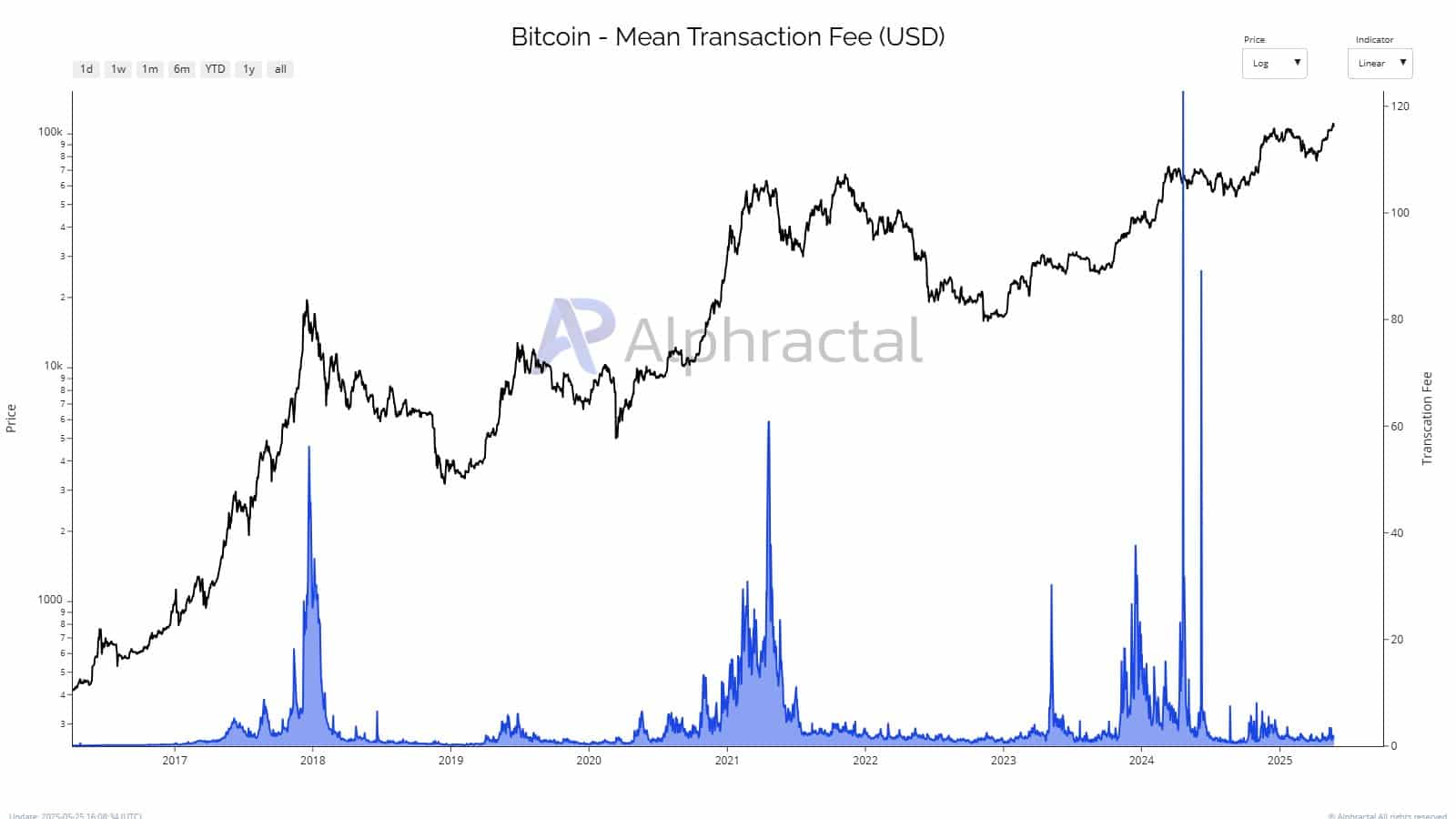-
Bitcoin’s ongoing price surge to $110,000 signals shifting user behaviors, as on-chain activities drop amidst rising centralization.
-
The stark contrast between Bitcoin’s high price and its diminishing on-chain activity indicates a pivotal transformation in user engagement.
-
According to data from COINOTAG, while Bitcoin reaches record prices, its transaction volumes highlight a growing trend toward centralized platforms.
As Bitcoin’s price surges to $110,000, on-chain activity dips, signaling a shift towards centralized exchanges and a passive investment strategy.
Bitcoin’s Transformation: From Currency to Digital Gold
Bitcoin’s surge to $110,000 is striking; however, the on-chain activity reveals a contrasting narrative. Despite the bullish price sentiment, transactional engagement on the blockchain has declined significantly, paralleling a transition to a more passive holding strategy among users. This contrast raises essential questions about Bitcoin’s evolving identity.
The Diminished On-Chain Activity
This cycle, the average transaction fees have settled at approximately $1.50—remarkably low compared to earlier bullish cycles where fees routinely spiked above $60 owing to congestion and rampant speculation. During significant price rallies in 2017 and 2021, the mempool became congested with tens of thousands of unconfirmed transactions, a phenomenon absent in the current market environment.

Source: Alphractal
Continuing the Shift Towards Centralization
As the price of Bitcoin ascends, user engagement on the blockchain has shifted towards centralized exchanges (CEXs) such as Binance and Coinbase, indicating a preference for the speed and efficiency these platforms offer. This trend furthers the narrative that Bitcoin is increasingly viewed as a store of value rather than a medium for everyday transactions.
The Erosion of Retail Engagement
The notable decline in on-chain transactions raises concerns regarding retail interest in Bitcoin. While SegWit adoption has improved transaction efficiency, the data suggests a concentration of Bitcoin use among institutional investors and large holders, sidelining casual users who once made the network vibrant.
Adoption of Alternative Networks
The current market climate indicates that a significant portion of transaction volume has migrated to networks like TRON, particularly for stablecoin transfers. These alternatives offer transaction speeds and fee structures more appealing than Bitcoin’s at present.
Future Outlook: A Dual-Edged Sword
As Bitcoin continues to evolve, its transition toward a passive holding asset signifies both opportunity and risk. The potential for institutional adoption remains on the horizon, yet the lack of everyday engagement raises questions about its accessibility to the wider public.
Conclusion
In summary, while Bitcoin reaches unprecedented price levels, the accompanying decline in on-chain transactions reflects a significant shift in user behavior, suggesting a possible redefinition of its role in the digital economy. This trend reinforces the notion that Bitcoin is transitioning from a transactional currency to a digital asset akin to gold, imbuing it with a new narrative that could reshape its future trajectory.






